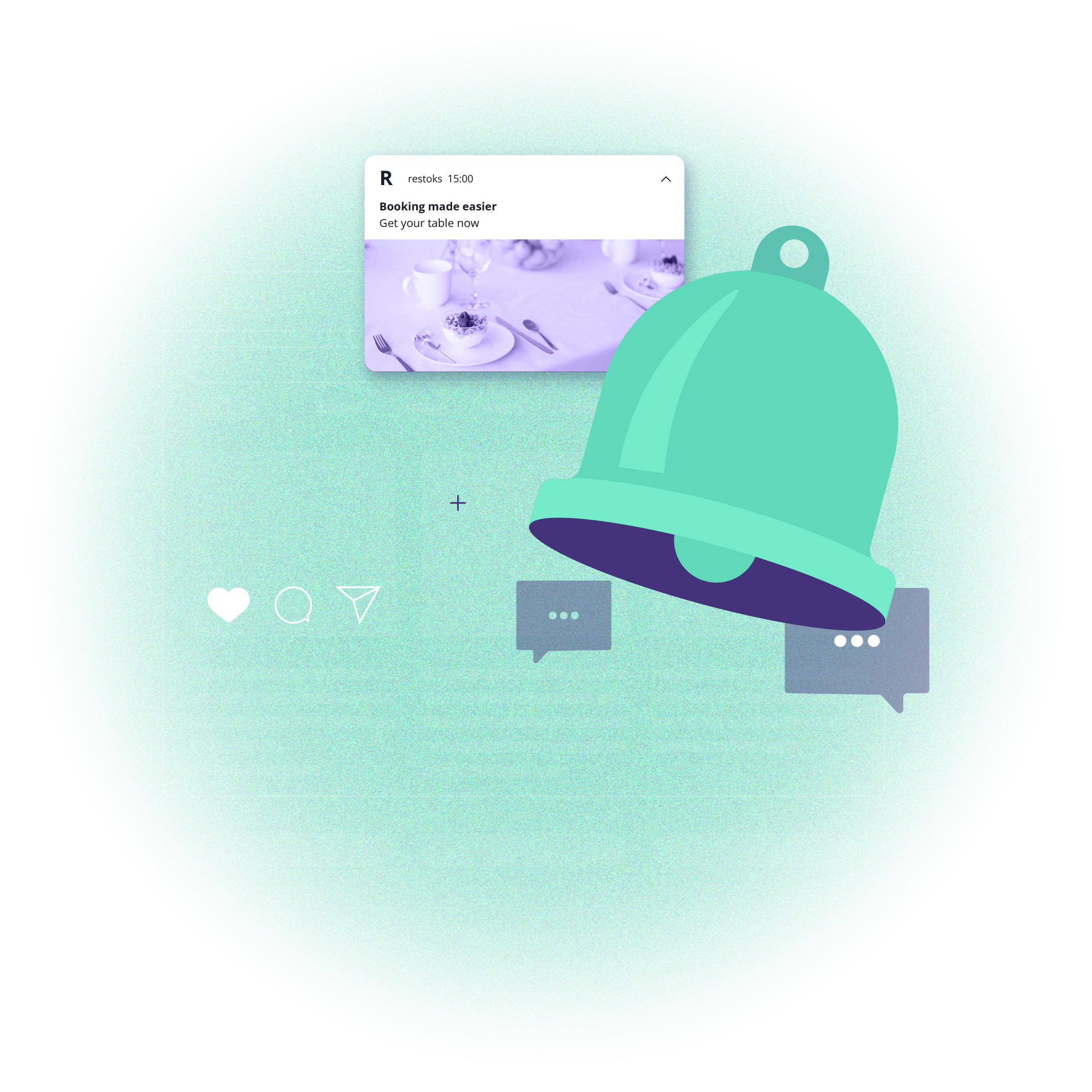E-commerce conversion optimization step by step
 Aleksandra Kozioł
Aleksandra Kozioł
E-commerce conversion optimization step by step
 Aleksandra Kozioł
Aleksandra Kozioł
While running and promoting e-commerce or website, one of the most important factors of business success is generating website traffic (or actually the desired action, it may be the fact that the visitor leaves the contact details or purchase the product). To attract customers to your website, it's a good idea to optimize the conversion. This can be done through a number of different methods. In the article below, we will not only look at this process but also provide practical advice that can help you increase conversion easier.
What is conversion optimization?
Before we get to the practical part, it is worth considering the definition of this process. First of all, the term conversion should be clarified, it does not always have to be purchasing or filling out the contact form. It is a certain action on the website that you wanted your visitor to do.
What can be such an activity? Depending on the business purpose of the site, it may be, for example:
subscribing to the newsletter;
accepting to receive web push notifications;
unlocking the content (by entering the e-mail address);
downloading the file from the site (eg an offer or a piece of premium content);
filling out the contact form;
signing up for a consultation or a conference call;
completing the brief;
sending a query;
watching the movie on the website;
listening to the podcast;
signing up for a webinar or training;
purchasing a product (in the case of e-commerce).
While your main business goal may be to perform one activity on the website (for example, finalizing the transaction), you can also define the goals of individual campaigns. A certain idea for separating different types of goals is the division into micro- and macro-conversions. In this way, it will be easier for you to optimize the conversion rate.
A bit controversial case may be the purpose of reading the content on the site, e.g. a blog post because it is not a measurable activity (no activity will be recorded in Google Analytics, and automatically one session on the page will be assigned to a bounce rate category).
How to measure the conversion?

The conversion can be expressed using the conversion rate, that is, the percentage of successful visits on the page (the desired action) divided by all visits. Using various platforms in your marketing activities, you can use the analytical tools that calculate the conversion rate themselves.
Depending on the channels you use, you can look at the conversion statistics provided by Facebook or other social networks, but it's always worth analyzing the data available through Google Analytics.
What is conversion rate optimization?
Currently, in the marketing world, a lot of people talk about optimization. This is not surprising, because it is an action with the goal of improving the effectiveness of the given activities.
Conversion Rate Optimization consists of maximizing the chances for the visitor to perform a given action (activities mentioned above). It will, therefore, be a set of actions to improve the user experience and facilitate the implementation of various actions within your website.
E-commerce conversion optimization: where to start?
The e-commerce industry is based on website traffic. In order to gain and retain customers, all aspects of internet marketing, as well as the functioning of the e-store, need to be defined carefully.
The first step of the conversion rate optimization process is the preparation stage in which the initial condition should be assessed.
Analyze existing data
At this point, all available data about your site will play a key role. When analyzing statistics, try to look at them in an understandable way, that is, explain why sales fluctuations differed in specific periods. Take note of the traffic and the effectiveness of your ads during the major shopping seasons. Try to understand your customers and their buying decisions, and think about what triggers shopping impulses.
Get feedback
During the conversion optimization process do not limit gathering information to the existing data. You can conduct a short survey in which you can ask what elements of the shopping path can cause problems. Offer a discount for subsequent purchases as a thank you for help - after all, you benefit from the courtesy of your clients. A great solution to learn about the behaviour of consumers in the online store is to record website sessions. In this way, you can see where they first click, whether they "wander" on the site, or whether they immediately search for the desired products, and maybe enter their criteria many times not being able to find the right items. Similarly, you can use tools that prepare thermal maps of the page and see which elements attract the most attention.
E-commerce conversion optimization: practical tips
The discussed process, in the end, should be a way to increase your sales. If you have already evaluated the current activities of your brand, it is time for the next stage - the action.
Do not focus only on what you can improve on your website, but throughout your client's shopping path.
What can you do to achieve the most important ecommerce business goal, which is the finalization of the transaction?
Refine the website in terms of intuitiveness - implement the lesson you learned while gathering feedback. Particular attention should be paid to calls to action (CTA) - such buttons must be visible and unambiguous, and at the same time, they can not be too many, so they will not confuse the potential customer.
On your website as part of e-commerce conversion optimization, use marketing techniques that will build trust. For example, present opinions of satisfied customers and show the numbers concerning orders placed on a particular day, thus the mechanism of social proof may help in making purchase decisions.
Personalize the offer. By using marketing automation, you can target relevant ads to people interested in your products. For this purpose, you can use e-mail marketing or alternatively web push notifications, which can be a very effective tool when it comes to returning to a website. Thanks to such notifications you can easily remind the customer about an abandoned cart, show recently viewed products or inform about the ongoing sale of products from the category he visited.

Improve conversion rate and generate more spontaneous purchases. Test web push notifications on your site!
Each page is different, so you should look at different methods and choose the most effective ones in the context of your target group. These aspects relate to rather universal issues that are worth attention when optimizing conversion. One thing is for sure - a once designed website will not be fully functional and effective anytime. The e-commerce market is changing fast and competitors are not sleeping, so your business should also follow the trends set by the best. Good luck!

Content Specialist @PushPushGo
Editor and writer. She is interested in media and new technologies.





